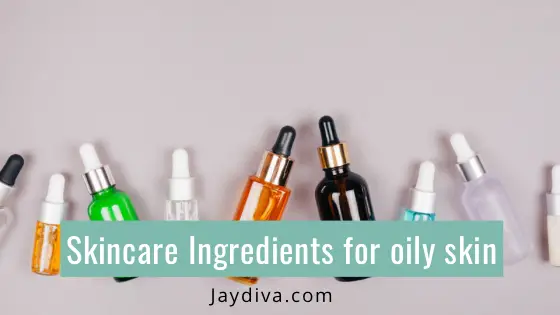Though oily acne-prone skin may be prone to blemishes and clogged pores, it’s not all bad. It’s the skin type that shows signs of aging the least. The key to keeping your oily skin clear and blemish-free is to have a good skincare routine and to use skincare products that are made for oily skin beauties like you. In this post, I will be sharing the top 5 skincare ingredients for oily acne prone skin you should be looking out for when sourcing for skincare products.
So as usual grab a cup of coffee, tea, or ….something, and let’s dive in
This post contains affiliate links, we earn a commission when you purchase through these links at no additional cost to you.
Pin for Later!

Table of Contents
5 Best Skincare Ingredients For Oily Acne Prone Skin
Oily skin is caused by excessive sebum production by the sebaceous (oil-producing) glands in the skin, and this can lead to clogged pores which eventually triggers acne breakouts.
A common skincare mistake made by people with oily skin is not paying close attention to the ingredients list of their skincare products. Below are the top 5 skincare ingredients for oily acne-prone skin
WATCH THE VIDEO:
1. Salicylic Acid
If you are oily and acne-prone, then salicylic acid is an essential skincare ingredient in your skincare routine.
Salicylic acid is a beta-hydroxy acid(BHAs) derived from willow bark and in contrast to alpha-hydroxy acids(AHAs) like glycolic acid and lactic acid which are both water-soluble, the beta hydroxy acids are lipid-soluble.
With this property, salicylic acid is able to penetrate the lipid layer of the skin into the pores to clean them out. The topmost layer of the skin is the stratum corneum and is made up of skin cells called corneocytes that are held together by a lipid matrix.
Salicylic acid is also an exfoliant meaning it can loosen the glue that holds dead skin cells together and cause shedding of these cells giving you clearer skin with fewer breakouts.
There are several ways you can incorporate salicylic acid into your skincare routine. My favorite way is as a cleanser. I am currently using the Cerave SA renewing cleanser. You can also use salicylic acid in the toning, serum, moisturizing stages of your routine and also as a spot treatment.
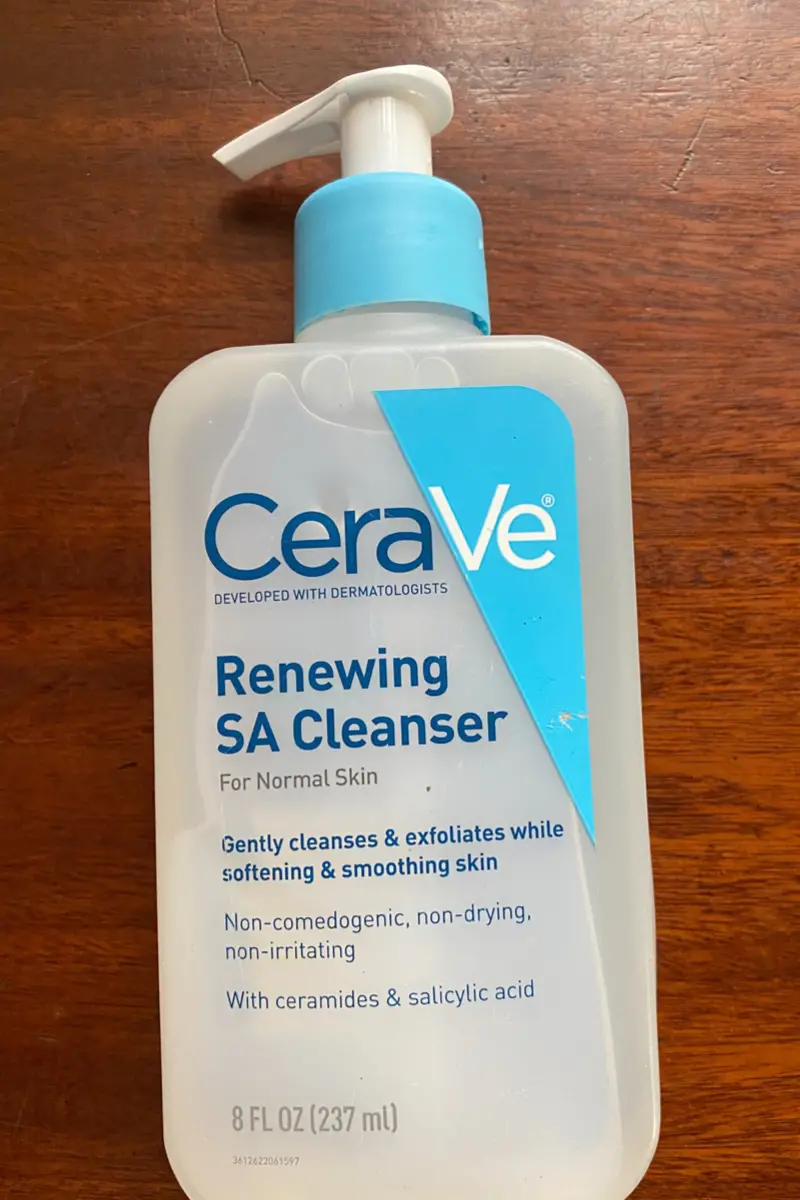
The downside to using salicylic acid is that it can cause, redness, dryness, and peeling and can sensitize the skin to the sun. So always ensure you wear a Sunscreen every morning no matter the weather condition.
Related Blog Posts:
- 10 Most common skincare mistakes that cause acne
- Best skincare routine for oily skin
- Foods to avoid for clear skin
2. Benzoyl Peroxide
Another great skincare ingredient for oily acne-prone skin is benzoyl peroxide.
Benzoyl peroxide is an anti-microbial agent. When applied to the skin, it significantly reduces the amount of acne forming bacteria present on the skin, thereby treating present breakout and preventing future occurrence.
It is present in over the counter and prescription medications. For over the counter medications, you can find it in 2.5%, 5%, and 10% strengths.
Benzoyl peroxide can be very drying and so should not be used together with other drying actives.
Benzoyl peroxide can be used in your cleansing step and as a spot treatment. I currently use the clean and clear persa gel as a spot treatment.
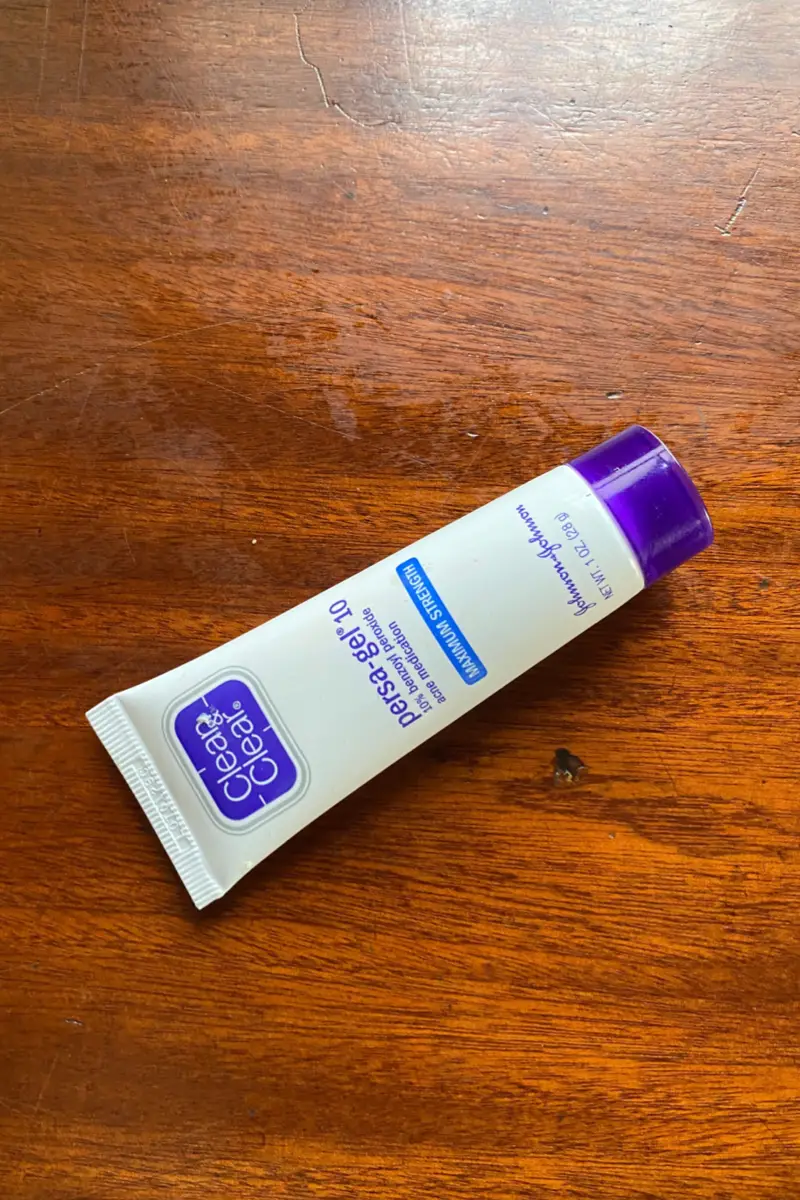
When it comes to using benzoyl peroxide you need to work your way up. It’s best practice to start with the 2.5% strength before moving up. And if you find that the lower strengths are effective, then you stick to that.
3. Niacinamide
If you take a survey on the best skincare ingredients for oily acne-prone skin you best believe that niacinamide would definitely make the list.
Niacinamide is also known as vitamin B3. It is an antioxidant with anti-inflammatory and brightening properties. It is a wonderful ingredient you should be using in your skincare routine if you want to protect or repair your skin barrier, induce collagen production, control sebum production, treat hyperpigmentation and minimize the appearance of large pores.
Niacinamide when coupled with zinc is an acne-prone skin’s lifesaver. they both work together to reduce inflammation and speed up wound healing.
You can use niacinamide in serums, essences and toners. My current niacinamide serum is the good molecules niacinamide serum.
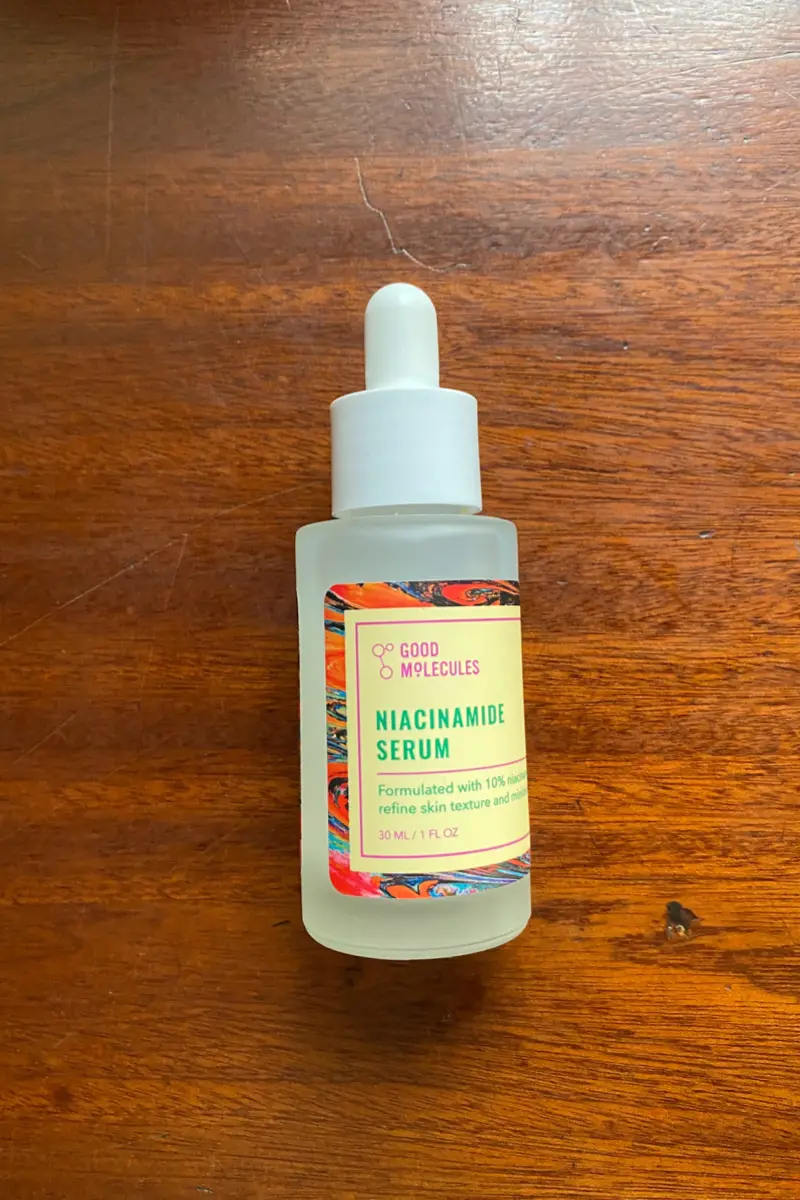
4. Retinoids
Retinoid is a broad term used to describe derivatives of vitamin A. Some are over the counter while others are prescription strength.
Retinoids work from the inside out and as a result, their effects can be slower to occur but when they do you can be rest assured that they are long-lasting.
All retinoids get converted in the skin to retinoic acid which is the active form that actually sets the ball rolling for the skin changes we all desire
Retinoic acid binds to nuclear receptors and signals the skin cells to increase their cell turnover. The increased cell turnover causes the quick removal of dead skin cells that can clog your pores and cause acne. Using retinoids can also improve the penetration of other skin products and as a result, you notice they begin to work better than they used to.
Tretinoin which is the gold standard is fraught with a lot of side effects ranging from mild dryness, peeling to itching, stinging, redness, and extreme dryness. Using tretinoin may not be ideal for sensitive skin types.
For many starting with mild over the counter retinoids like retinol and adapalene might be preferable. start off slow then work your way up. You can start with once a week application at night then after a couple of weeks up to two weeks and so on.
It’s important to note that most skin actives, retinoids inclusive leave you more prone to sunburns. So please use sunscreen every morning and reapply every two hours.
I currently use tretinoin 0.05% and Differin gel 0.1%, when am out of these two, am looking at giving the cerave resurfacing retinol serum a try.
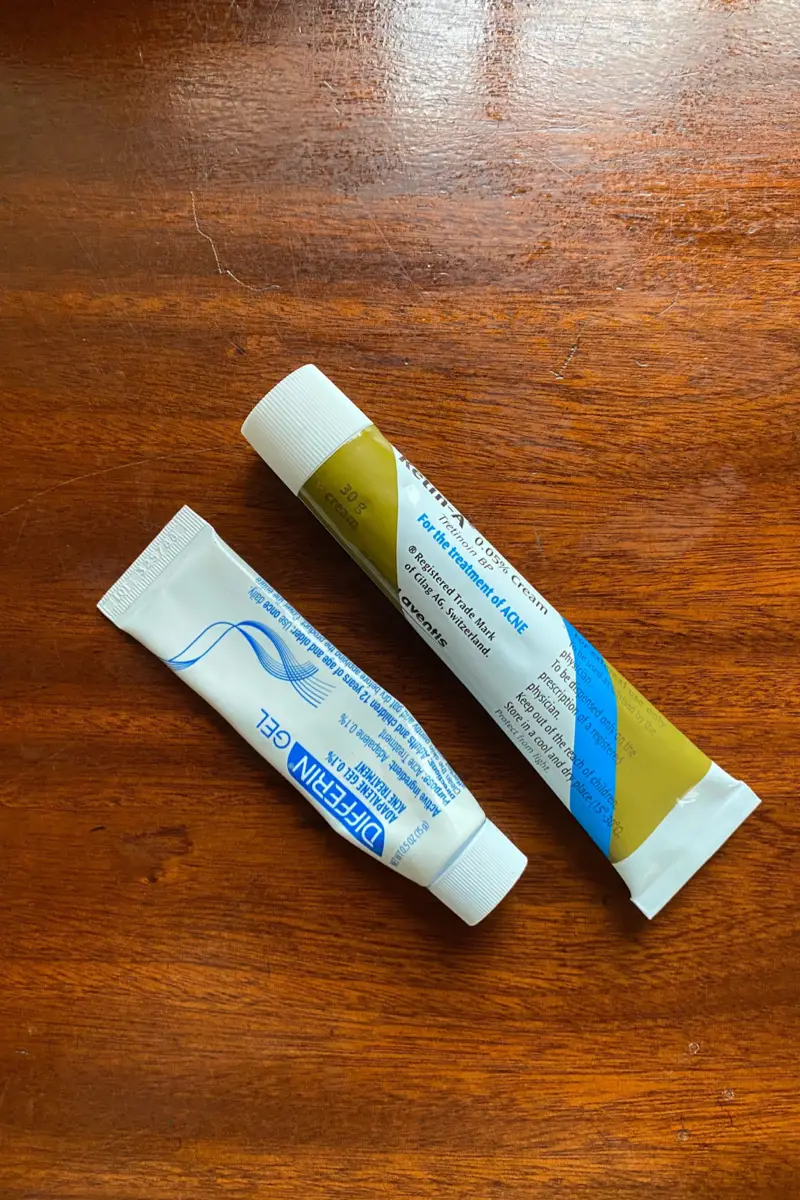
5. Tea Tree Oil
last but not least is tea tree oil. It is an essential oil that has awesome benefits for oily acne-prone skin. It has both anti-inflammatory and anti-microbial properties,
Its anti-microbial properties enable it to effectively kills acne forming bacteria while its anti-inflammatory powers calm redness, swelling, and irritations.
Tea tree oil is also known to control sebum production and clean out the pores giving the illusion of reduced pore size.
Final Take Home
These are skincare ingredients that you need in your skincare routine when you are oily and acne-prone. These skincare ingredients will help control excessive oiliness, clean out your pores, kill acne-forming bacteria, and slough off dead skin cells. Though they are important to use, you need to also err on the side of caution especially if you are dealing with some sensitivity too. Always do a patch test before trying out new skincare products.


